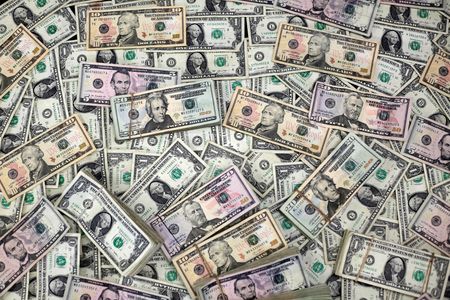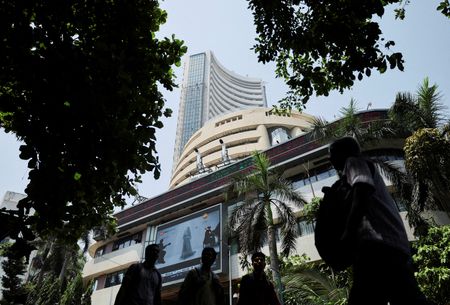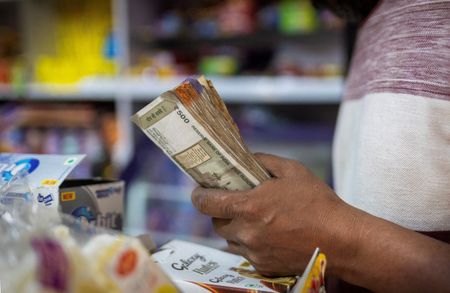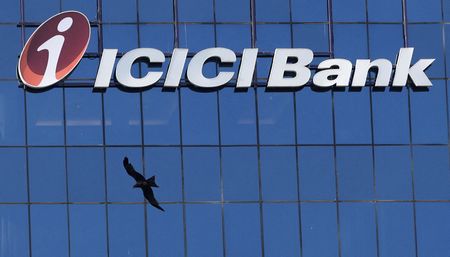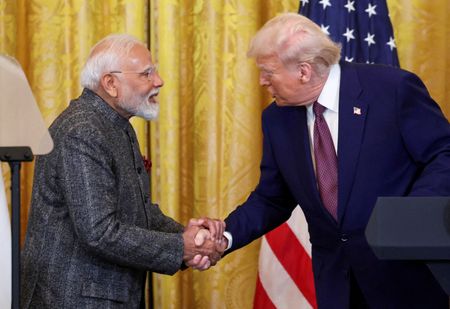By Tom Westbrook and Amanda Cooper
SINGAPORE/LONDON (Reuters) -The dollar headed for a weekly gain on most major currencies on Friday, after a U.S.-UK trade deal fuelled investor optimism over upcoming U.S.-China talks, while bets of imminent Fed rate cuts receded after the central bank indicated it was in no hurry.
Financial markets are heading into the weekend with the focus squarely on trade negotiations between Washington and Beijing due to begin on Saturday in Switzerland.
The euro touched a one-month low of $1.1197 overnight was down about 0.6% for the week. It was last up 0.2% on the day at $1.2253. The yen, a good gauge of investor confidence, has weakened about 0.4% this week and hit a one-month trough of 146.18 per dollar, before strengthening to 145.195, leaving the dollar down 0.5% on the day.
Sterling, which had rallied on news reports of an impending U.S.-UK trade deal, gave back gains when the agreement turned out to be pretty limited and struck a three-week low of $1.3220 in early trade on Friday.
The “general terms” agreement modestly expands agricultural access for both countries and lowers prohibitive U.S. duties on British car exports, but leaves in place the 10% baseline.
“Overall, I find it hard to fathom why the U.S. dollar reacted positively in yesterday’s trading. The deal (or better call it non-deal) is not very substantial and does not necessarily give rise to hopes that much more substantial results can be expected in negotiations with other countries,” Commerzbank strategist Volkmar Baur said.
Steve Englander, global head of G10 currency research at Standard Chartered, said the buying of dollars might reflect more optimism that tariff deals are possible, rather than any real euphoria about the UK agreement itself.
“For the time being, G10 markets would be relieved if U.S. and China bilateral tariffs were rolled back, even if they remain well above January 19 levels,” he said in a note to clients.
Meanwhile, bitcoin has surged back above $100,000, reflecting a refreshed appetite for risk-taking in markets’ more speculative corners.
Announcing the UK deal, Trump said he expects substantive negotiations between the U.S. and China this weekend and that tariffs on Beijing of 145% would likely come down.
The administration is weighing a plan to slash the tariff on Chinese imports by more than half, the New York Post reported, citing unidentified sources, though the White House dismissed that as speculation.
On the central bank front this week moves were as expected with the Bank of England cutting, while Sweden, Norway and the United States left rates on hold.
However, Federal Reserve Chair Jerome Powell’s remarks, emphasising the level of uncertainty, were taken as reducing the likelihood that U.S. rates will fall any time soon, prompting traders to cut back the chances of a June cut to about 17% from about 55% a week ago.
In contrast with other G10 currencies, the dollar was lower on several Asian currencies this week after a shock surge in the Taiwan dollar.
After a volatile few days it has settled around 30 to the dollar, more than 6% stronger from where it had finished April. The Singapore dollar is not far from decade highs. The Hong Kong dollar has retreated from the strong side of its band after heavy intervention from the Hong Kong Monetary Authority.
India’s rupee opened under renewed pressure on Friday as conflict between India and Pakistan escalates. It dropped sharply on Thursday and, at 85.55 to the dollar, is eyeing its heaviest weekly fall since 2022.
(Reporting by Tom Westbrook; Editing by Shri Navaratnam, Sam Holmes and Toby Chopra)

